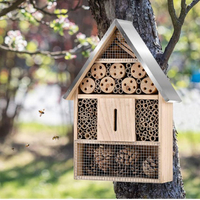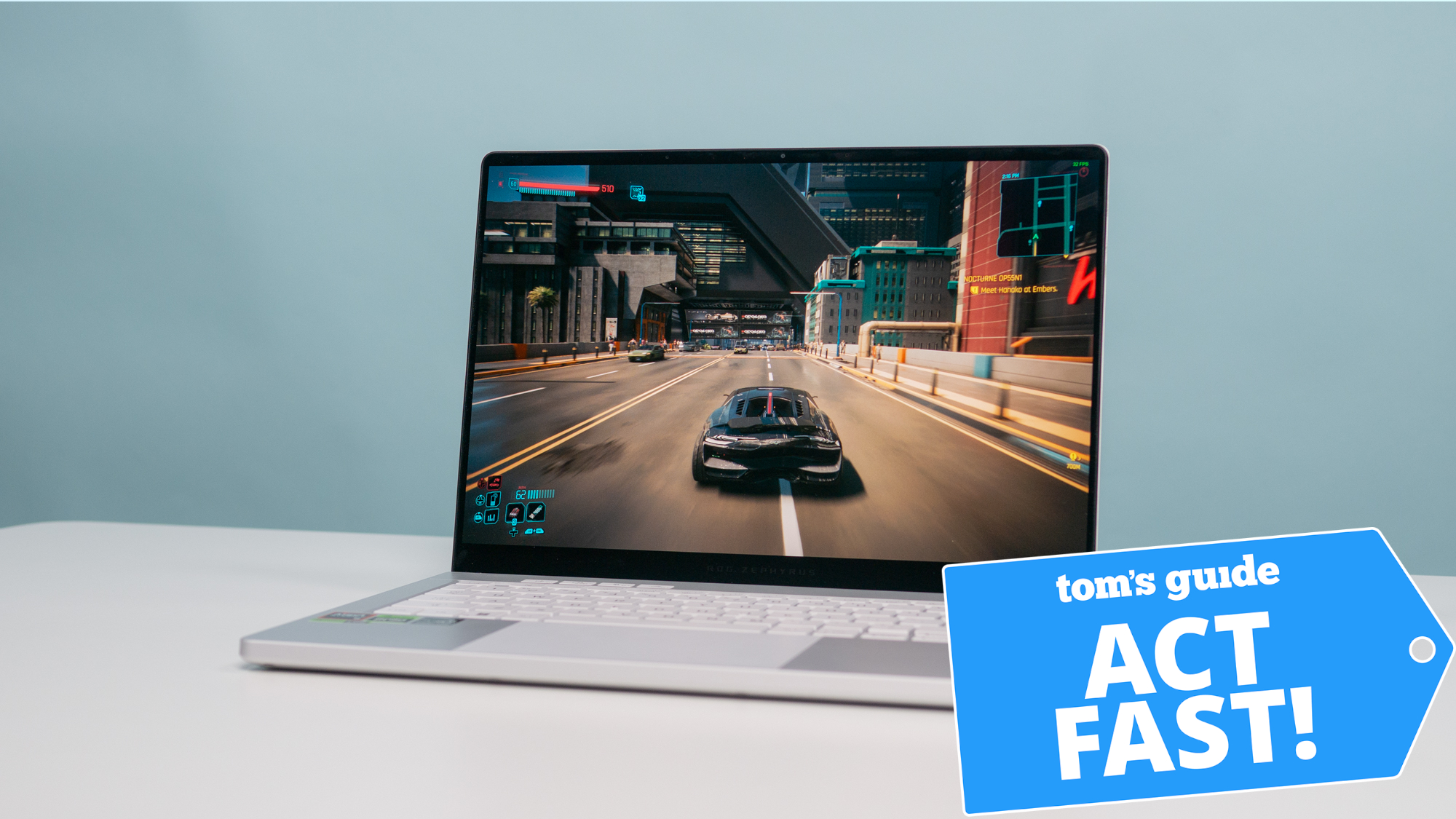3 reasons why I’m taking part in No Mow May — and why you should too
Let your grass grow

For the second year running, I’ll be abandoning my lawnmower and supporting No Mow May. The campaign, launched by international conservation charity Plantlife in 2019, sets out to provide a feast for pollinators and support biodiversity in our own backyards.
By putting a pause on mowing my lawn and leaving the grass to grow, I’ll be encouraging early pollinators to thrive among the ox-eye daisies, red clover and knapweed that will flourish amidst the long grass.
However, I’ll have to ignore the “neat freak” within me while the grass becomes unruly and instead embrace the wildlife that will be given the freedom to thrive. So, here are my reasons why I’ll be supporting No Mow May with a few ideas on how you can do the same and what might prevent you from taking part.
However, if leaving your lawn untouched for one month is not for you, here are 7 No Mow May alternatives to attract pollinators to your yard. And if you have taken part in No Mow May here are 7 expert tips to make your lawn look amazing this summer, with extra advice on getting your lawn back into shape after letting in grow in May.
1. Give nature a chance to bloom
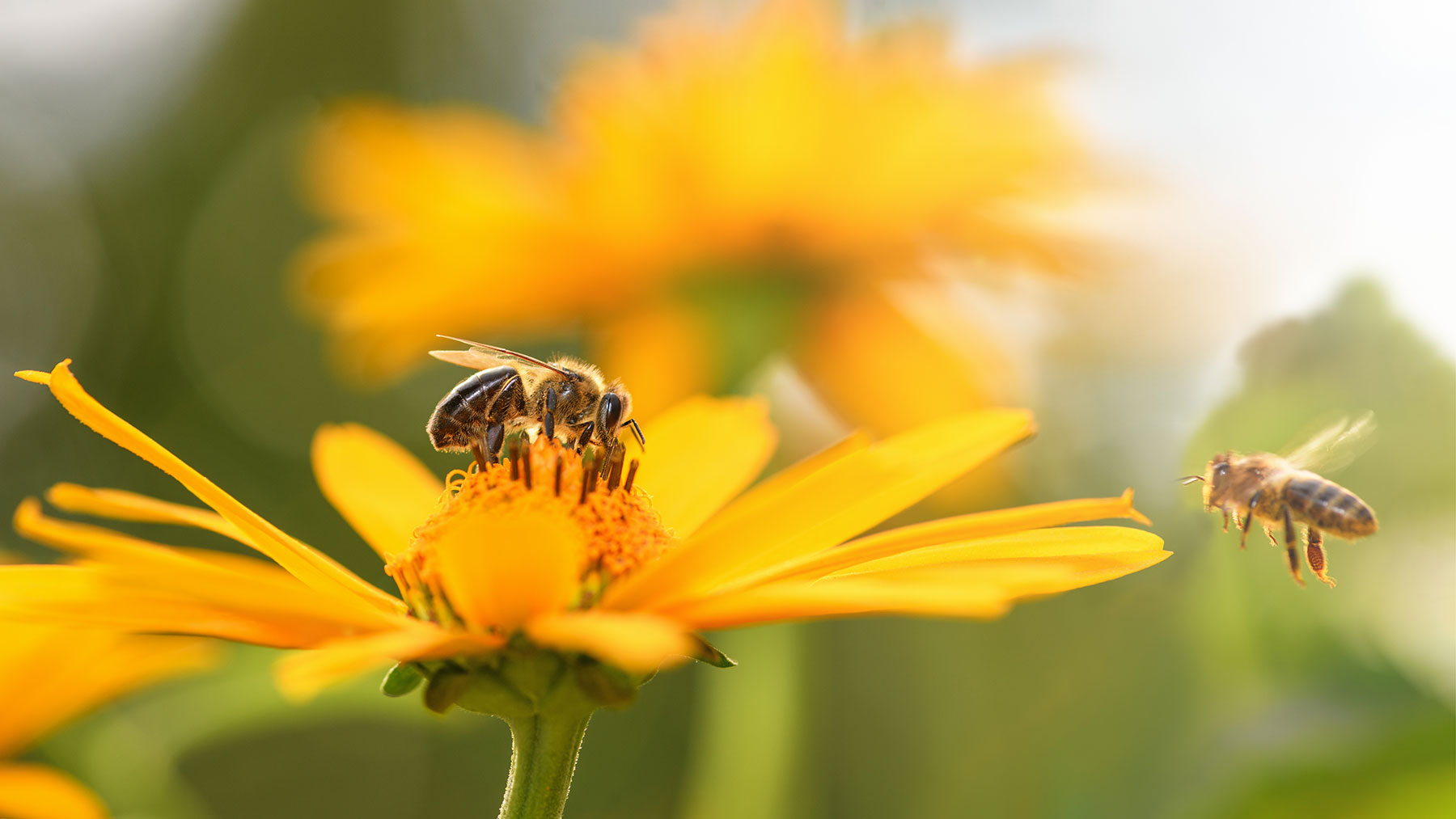
Over the last 100 years, flower-rich habitats that support pollinators have been lost. No Mow May intends to increase these natural habitats in our backyards to support the ecosystem.
By putting aside my lawnmower in May, I’ll surrender a neat lawn and give wildflowers, which would have otherwise been mown, a chance to bloom and grow to support butterflies and bees.
But why is May the chosen month for the campaign? “It’s when plant life and pollinators start to emerge,” says lawn care expert Ionel Giuran at Fantastic Services. “By not mowing your lawn in spring, you’ll give wildflowers a headstart for summer and pollinators will have enough food sources during the hot months to survive and thrive."
Sign up to get the BEST of Tom's Guide direct to your inbox.
Get instant access to breaking news, the hottest reviews, great deals and helpful tips.
2. Spread the word to support conservation
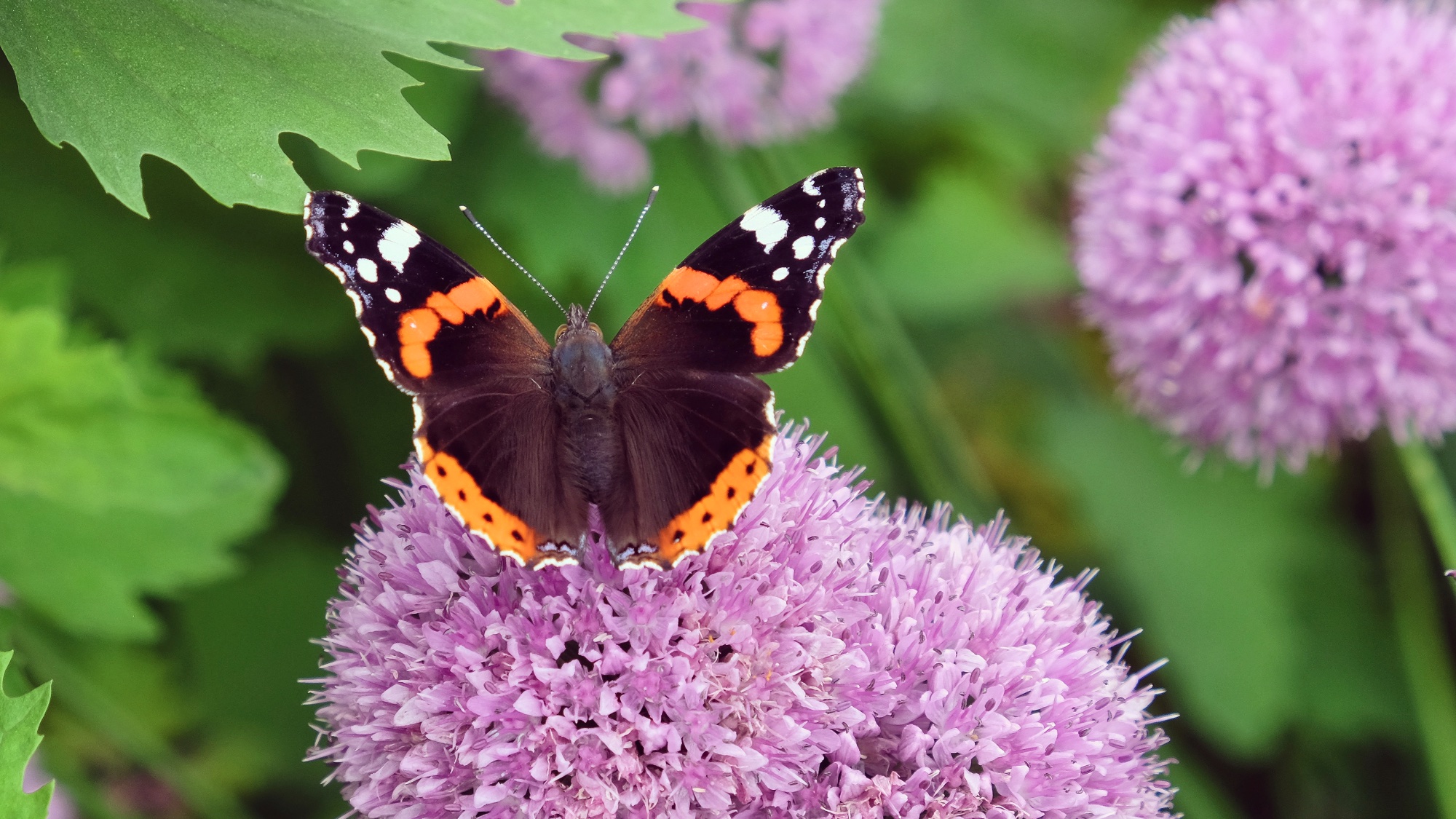
Another benefit of the campaign is that it encourages people to consider the wider picture and the long-term benefits of conservation. Although, for whatever reason, you might not be able to stop mowing your lawn, No Mow May gets you thinking about the role we play in protecting the ecosystem and supporting pollinators.
I, for one, have been discussing No Mow May far and wide. So whether you are taking part in the campaign or not, spreading the word gets people thinking not only of joining the campaign but finding other ways to encourage pollinators into their yards.
What other ways can you take part?
If you can’t avoid mowing your lawn for a month, there are other alternatives. “You can simply reduce the frequency of mowing throughout the whole year, for example, once every 2 or 3 weeks, which will still benefit the pollinators, such as bees, butterflies, grasshoppers and other insects,” suggests Giuran.
Another beneficial action is to ensure you have plenty of native plants to attract butterflies and other pollinators to your yard during the height of the season. The National Wildlife Federation has a handy online database to help you find native plants for your region. You could also swap your traditional turf grass completely for a clover lawn that requires less maintenance but has many environmental benefits.
Why choose native plants
Pollinators have evolved with native plants, which are best adapted to the local growing season, climate, and soils. If you grow an abundance of non-native plants, they may not provide pollinators with sufficient nectar or pollen.
3. Making a difference, no matter how small
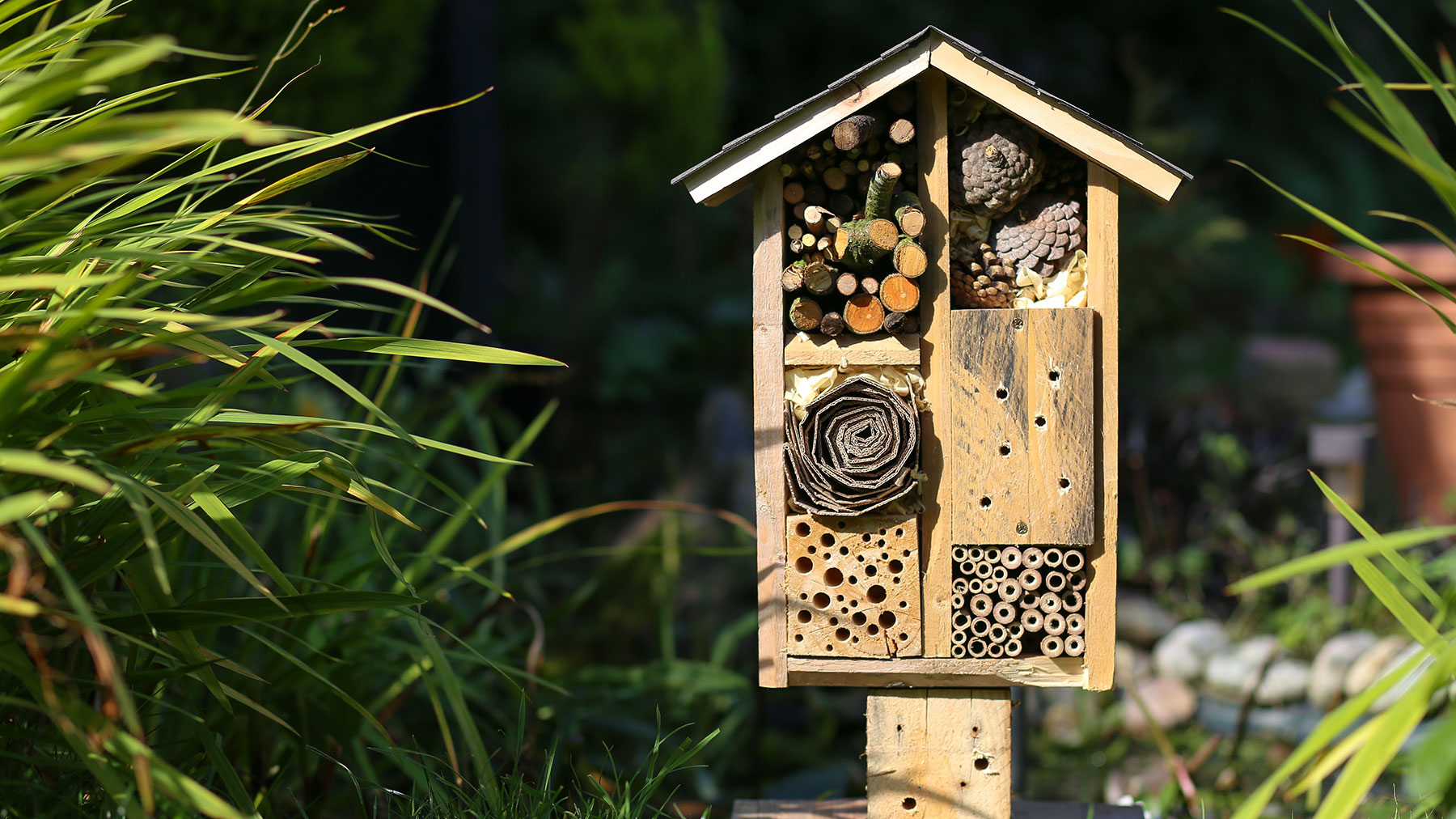
Insect Hotel: $25.99 @ Amazon
Encourage insects into your yard with this wooden insect, bee and butterfly hotel. The wooden shelter contains multiple materials to attract a variety of bugs and is covered with a metal roof to protect it from the weather. It measures 9 x 16 x 3 inches and has a hook on the reverse for hanging on a tree or fence.
It can be easy to become indifferent about conservation and believe that, as an individual, you can’t make a difference. However, by supporting No Mow May, I’m taking a long-term view of how even my small changes can make an impact on the environment, now and in the future.
When you put it into context, about 55% of U.S. households have a garden. This accounts for around 71.5 million households, which can all play a part. Although current research is limited to the effects of No Mow May, there can be no doubt that each small action goes towards making a much wider impact.
So, in addition to joining No Mow May, I’ll also be thinking of other ways to reverse the declining bee population and boost our pollinators.
The downside of No Mow May
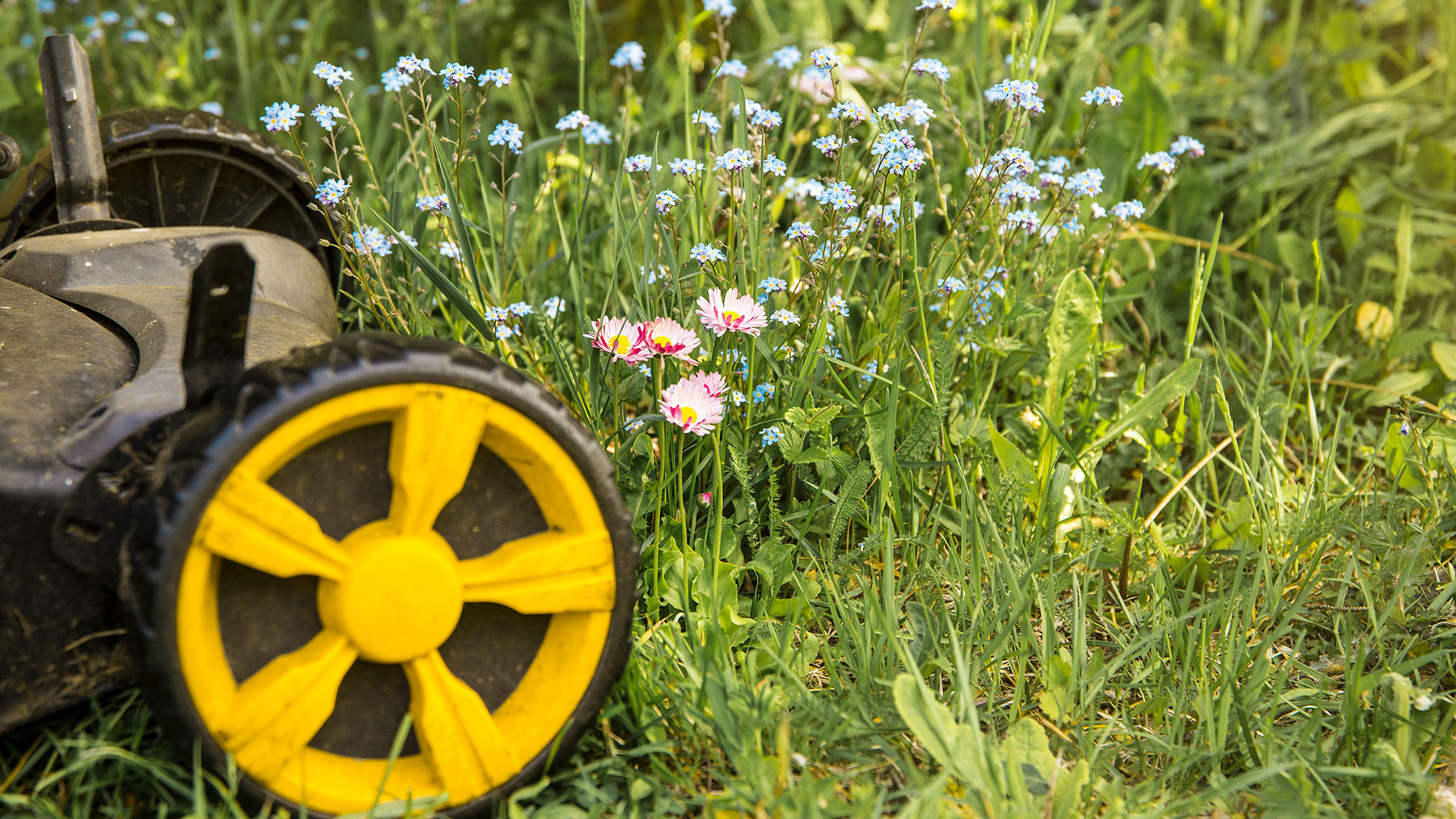
While many people are advocates for No Mow May, there is another argument. “When you skip mowing your lawn for an entire month, it isn’t just about letting it grow wild and free. You’re inviting a host of problems — rodents find a new place to call home, weeds start to take over, and your lawn becomes a jungle of a backyard,” says Brian Clayton, CEO at GreenPal.
“When you let your grass get that tall, cutting it later is a bigger job than if you’d just maintained it regularly. You’re practically hay-baling it, using more gas and effort to tame it back down.” Although Clayton’s view is from a lawn maintenance perspective, he does suggest, “If you’re thinking about joining the No Mow May movement, maybe don’t let your whole lawn go. Consider just a part of it if you want to help out the bees and butterflies.”
So, if you are concerned about surrendering your whole lawn to the campaign, you could follow what some of Clayton’s clients do by “setting aside specific sections of their lawn” and “treating it almost like a mini wildflower reserve”. The benefits of “supporting pollinators, conserving water and cutting down on pollution from not running the mower” can still be achieved.
What to know before you take part
Depending on where you live, you may not be able to take part in No Mow Mow, so the best advice is to check your local regulations before you start.
A common concern I’ve discovered when asking lawn and garden experts what puts people off supporting No Mow May is a problem with Home Owner Association (HOA) restrictions.
“Not everyone will be able to participate in No Mow May, says Giuran. “Some living areas have local regulations about grass height which will make taking part in the campaign legally impossible. This is because of the risk of wildfires.”
Another similar problem is neighborhood issues that may arise if your lawn looks ‘untidy’. “You really need neighborhood buy-in for this to be successful,” says Rafi Friedman, President of Coastal Luxury Outdoors. “If you’re having complaints from your neighbors or having issues with your HOA because of No Mow May, it may be more trouble than it’s worth.”
More from Tom's Guide

Camilla Sharman has worked in publishing and marketing for over 30 years and has covered a wide range of sectors within the business and consumer industries both as a feature, content, and freelance writer.
As a business journalist, Camilla has researched articles for many different sectors from the jewellery industry to finance and tech, charities, and the arts. Whatever she’s covered, she enjoys delving deep and learning the ins and out of different topics, then conveying her research within engaging content that informs the reader. In her spare time, when she’s not in her kitchen experimenting with a new recipe, you’ll find her keeping fit at the gym. In the pool, stretching at a yoga class, or on a spin bike, exercise is her escape time. She also loves the great outdoors and if she’s not pottering about in her garden, she’ll be jumping on her bike for a gentle cycle ride.
